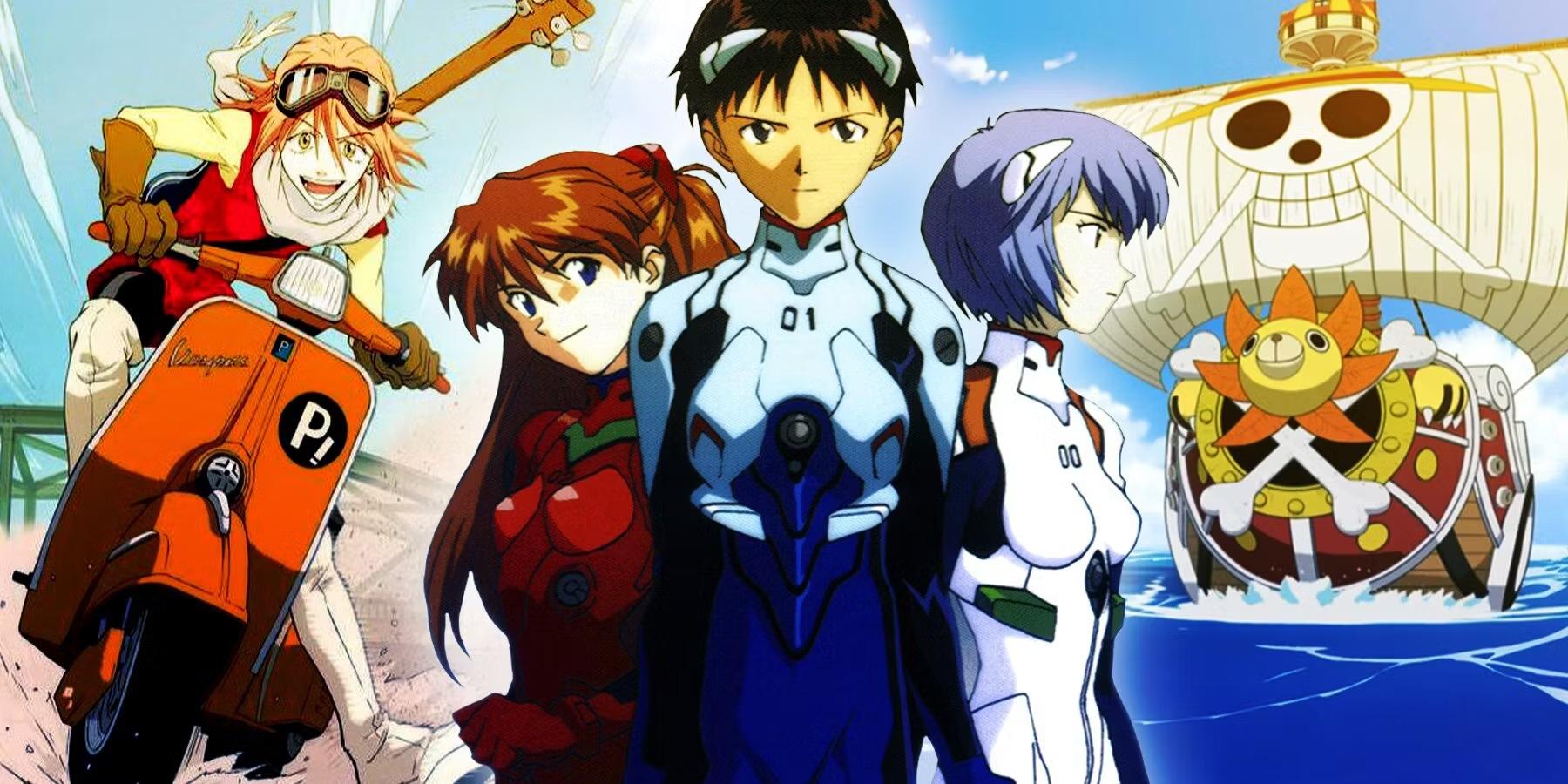Quite possibly of the hardest time I’ve at any point cried during a film was the point at which I previously watched Makoto Shinkai’s 5 Second. My PC screen wasn’t sufficiently large or its speakers deft enough for me to completely see the value in the film’s erotic environs, all shivering blooming branches and whistling susurrus of twirling wind. In any case, as a sad number played at the time that two characters practically meet again without precedent for years, anything that mix of picture and sound my machine might produce was sufficient to spring a profound secret entryway under my body, and I invited the fall anonib.
At the point when the film was initially delivered in 2007?
knew who’d seen it were my colleagues on an anime visual communication discussion. After nine years, my most memorable watch was all the while taking advantage of a faction social vein. “Manga” (for the most part, Japanese comics) and “anime” (by and large, the energized transformations of those comics) remained get all terms for young ladies with Hyper Frenzy hair and enlarged saucer eyes, or Doritos-molded men shouting while they walloped each other with clench hands and additionally different essential powers, or anything you might’ve recalled from Animation Organization’s Toonami. In the Western creative mind, “anime” was a shorthand for all Japanese movement, similarly that individuals use “YA fiction” or “ocean side read” to pack stunningly dissimilar titles into an adapted kind.
Anime is ascendant in the way of life, on the off chance that not the ascendant work of art of our period.?
I’ll utilize this emphasis of “anime” to make one case: anime is ascendant in the way of life, in the event that not the ascendant artistic expression of our period. I honestly express this as somebody who is developing their abstract craftsmanship in the nursery of However, when I pitch my presentation novel, Thumping Heart Child, to custodians and educators, something that grabs their eye is the way that anime is a vital part of the two its motivation and its substance. Among Gen Z and the ages after them, anime is as much a texture of their social utilization as “Netflix firsts” are to twenty to thirty year olds.
Exist anymore clearest justification for anime’s developing ubiquity is that in a super-soaked data culture where an unmistakable and clear differentiation among “genuine” and “counterfeit” does not exists, anime is unthinkable. Honestly, all movement is unimaginable: it is an imaginative medium wherein nothing genuine should exist, however it requires significant labor supply and equipment to make. Be that as it may, while Western liveliness has its own (for example the Disney/Pixar style, where character and framework plans are deliberately adjusted, like a potter is continually tossing them on their wheel), anime has an exceptional tactile language of its own animixplay.
Maybe the most striking illustration of anime’s Japanese beginnings is the utilization of the normal world to enhance profound minutes, an effect of the country’s expansive Shinto strict impacts. Each anime fan knows these occasional tangible signs: cherry blooms for spring, cicadas humming unendingly and tanabata strips for summer, red maple leaves for fall, snow and far off canine cries for winter.
Maybe the most striking illustration of anime?
Japanese beginnings is the utilization of the regular world to enhance profound minutes, an effect of the country’s wide Shinto strict impacts.
Very nearly 10 years after he delivered 5 Centimeters each Second, Shinkai delivered his 2016 hit Your Name, which pulled straightforwardly from Shinto customs and communicated his now-signature divine symbolism. He’s ready to turn into the anime chief probably going to acquire Hayao Miyazaki’s and Studio Ghibli’s abroad clout since his movies are suffused with stunning cut of life “minutes”: similarly individuals on the web salivate over the food in Ghibli films, watchers presently likewise fixate on the subtleties of downpour hitting asphalt or light going through train windows or gleaming items streaking through Shinkai’s plunge colored skies.
Anime’s hyperstylization amazingly increases its supporting human soul. At the point when I started to construct the structure for Thumping Heart Child, I quickly went to anime as my text style of motivation, zeroing in on a hyper-emotionality that mixes and works with the person and their surroundings. Furthermore, as I sorted through my characters, I understood that I needed to incorporate a part of anime especially private to me: an investigation of orientation and sexuality as something more liquid, a pattern stylish pliability that places orientation uncertainty in a more nonpartisan space than “portrayal.”
Honestly, East Asian culture is still generally male centric and heteronormative, and anime particularly reflects that. More often than not when characters’ sexes are mislabeled or misread, it’s in the help of satire, whether softly unpleasant or profoundly hostile jebek shop. But the with orientation questionable characters like Haku in Naruto, the jewels in Place that is known for the Glossy, Crona in Soul Eater, and Ed from Rancher Bebop, who occupy their particular series as highlights as opposed to bugs, enlightening the watcher’s self-originations of orientation decipherability and maybe want without constraining moral judgment or clear self-recognizable proof.
Consider those Mariner Moon extents — “even” cisgendered characters’ bodies can be overstated or darkened past the draggiest IRL changes. Orientation elisions are in many cases part of some phenomenal story specialist, as in the series Ranma ½, and that more noteworthy recompense for.



